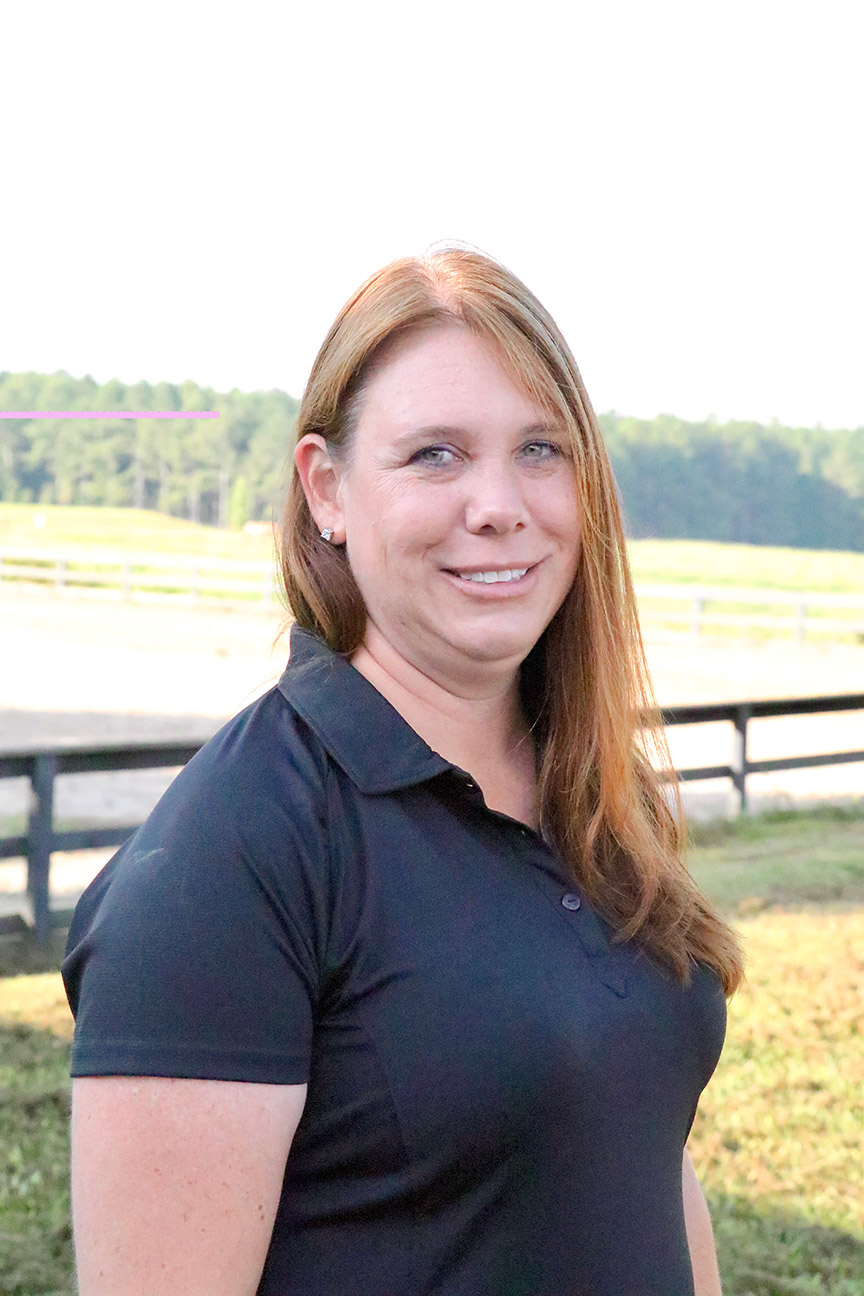Horses
The University of Georgia’s Equine Extension Program encompasses both state youth horse programs as well as continuing education for horse owners and county Extension agents. The mission of this program is to provide resources and support for youth education, county trainings and programming, and to serve as a knowledge base for questions and concerns of the industry.

Recent Horse Publications from UGA Extension
Kylee Duberstein
http://extension.uga.edu/publications/detail.html?number=B1379
Kylee Duberstein
http://extension.uga.edu/publications/detail.html?number=C1193
Kylee Duberstein
http://extension.uga.edu/publications/detail.html?number=B1355
See More Publications
Bits 101
(B 1379)
Bit selection is a critical area of consideration for riders of all disciplines and levels. For many horse enthusiasts, lack of knowledge about bit types and functions, as well as common misconceptions held in the horse industry, can make choosing an appropriate bit a difficult process.
Equine Parasite Control: Moving Beyond Rotational Deworming
(C 1193)
Parasite resistance is an increasing problem in livestock species, including horses. Equine deworming practices have historically involved a six-week rotational deworming schedule. However, these practices have led to parasite resistance to many of our available dewormers. This publication addresses the current recommendations for deworming based on fecal egg counts, including why parasite resistance is increasing and how and when to assess fecal egg counts in horses.
How to Feed a Horse: Understanding the Basic Principles of Horse Nutrition
(B 1355)
With so many feed, supplement and hay choices available, many people find themselves wondering exactly what their horse needs for good health and nutrition. Many horse-feeding opinions and myths make deciding what to feed even more difficult. This publication explains your horse's nutritional needs, common guidelines to observe when feeding your horse and how to determine if your horse's nutritional requirements are being met.


